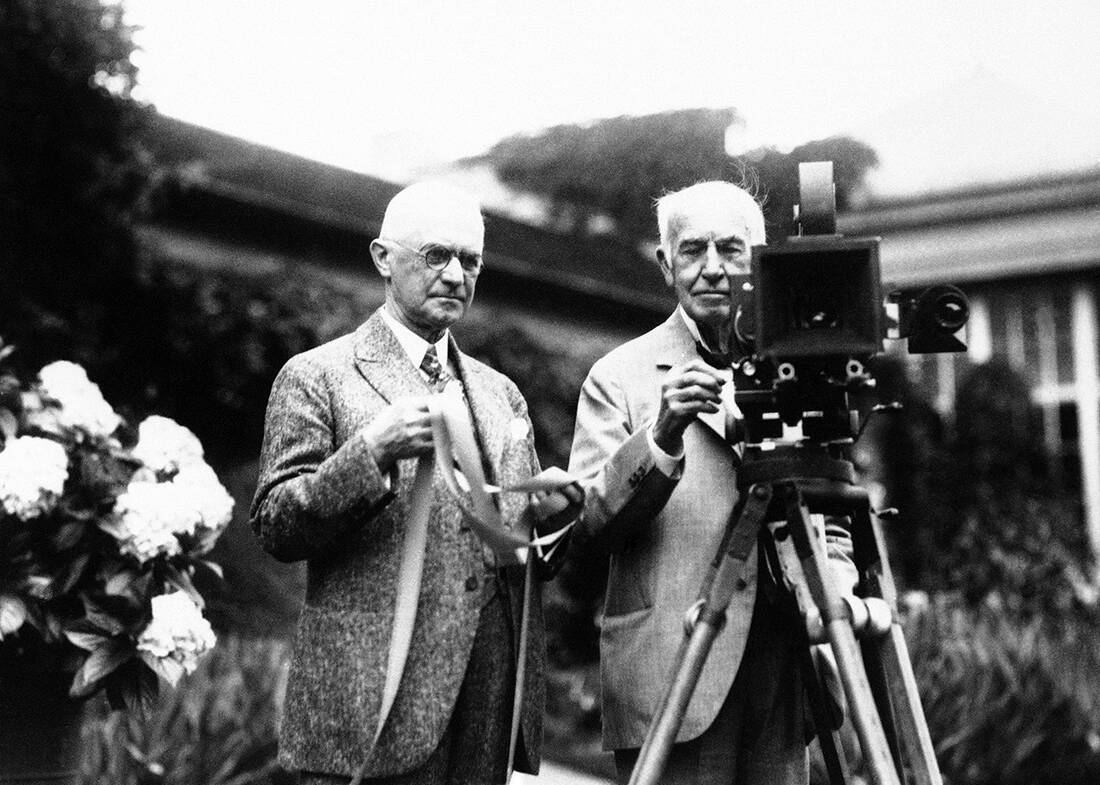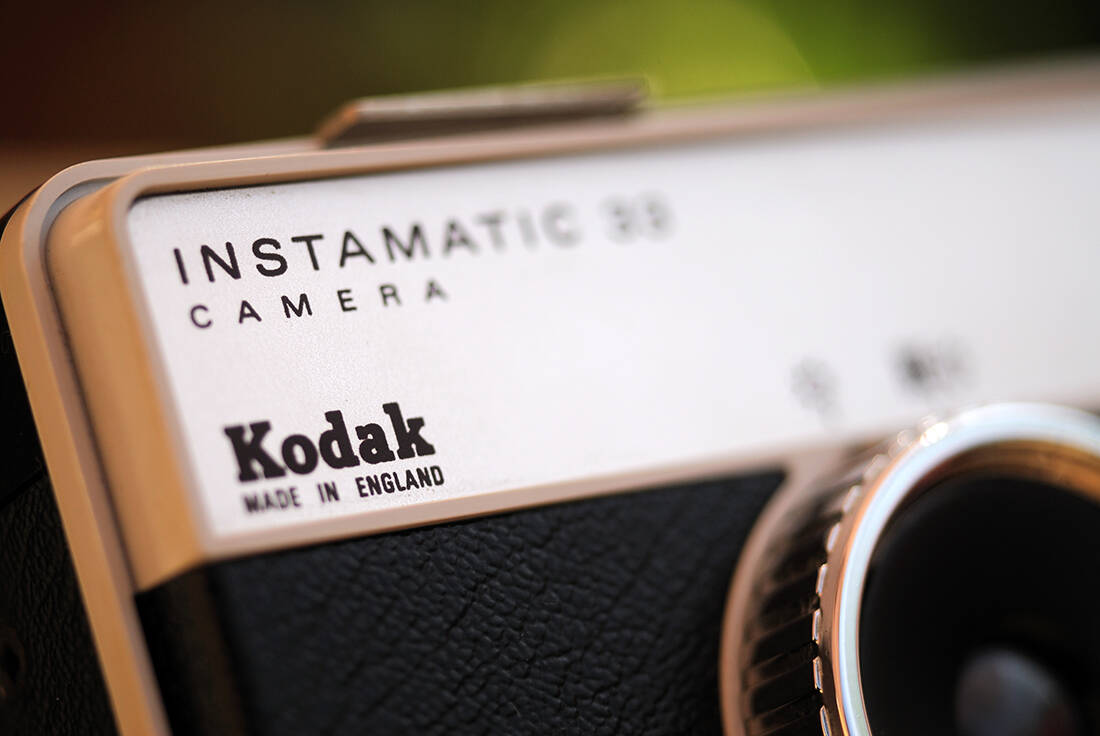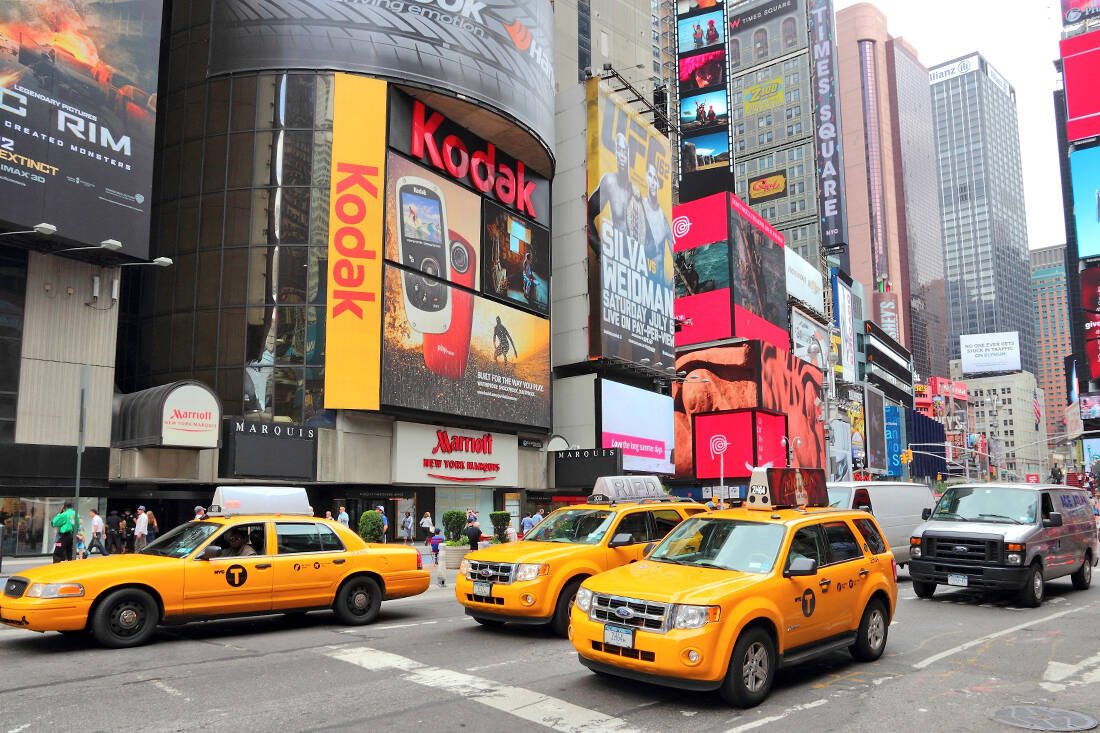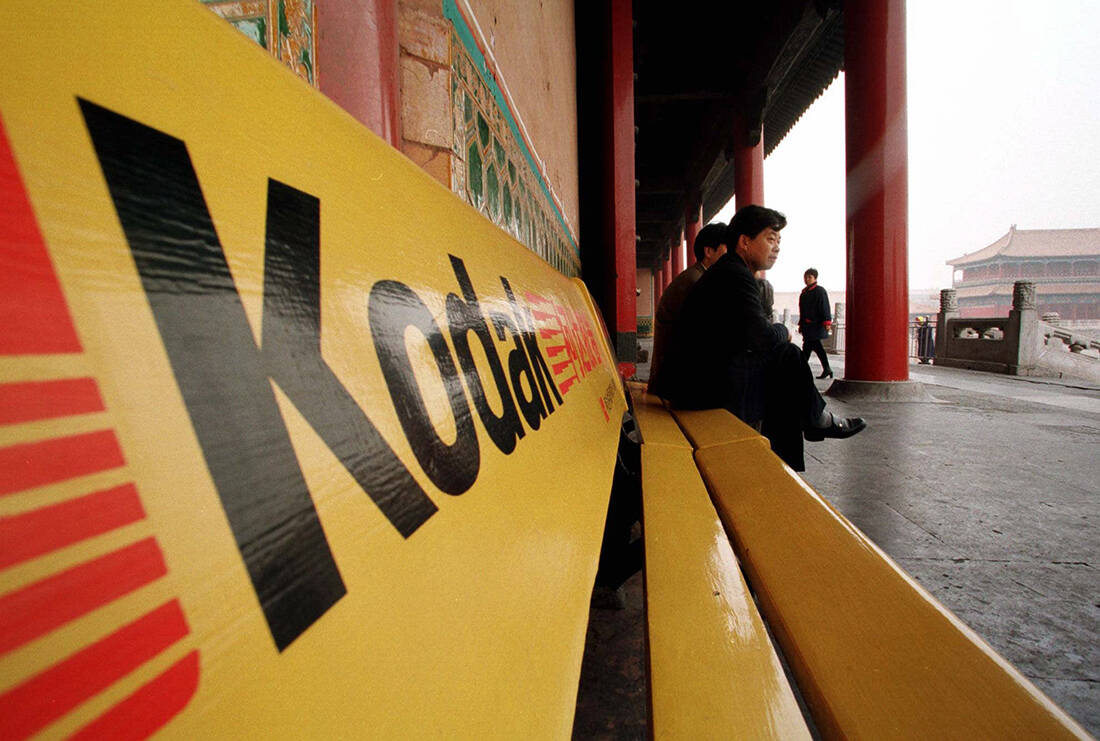There are many examples of large and emblematic companies that have not been able to stand the test of time and win the battle with the competition but also the real runner in the field of business: Technology. The trends, the so-called trends as well as the daily evolving giants on the verge of bankruptcy.
Who didn't have a movie Kodak in his house; Who or what didn't have a little one camera of which now, as the only memory, there are only the characteristic files of the photo agencies that had our photos printed inside as well as a copy of the one that appears. film. Who didn't arrange their holidays, especially in the 70's, 80's and 90's, taking together extra batteries for the camera and extra 24 or 36 photos. How many and how many of our photos were lost because they were shaken or black. In almost every neighborhood the yellow background with its red font "Kodak»Had become synonymous with moments of carefreeness or travel.
Η photo and the cinema put the images in people's daily lives for good. The vision of its founder Kodak, George Eastman it was transformed into the slogan "press the button, we do the rest". From 1888 (the company was founded in 1889) he wanted to make photography an activity accessible to the masses. An activity that will be identified with inventions and innovation. And for over 100 years he has succeeded. It is now on the verge of collapse.
In its heyday, the photography giant combined cutting-edge technologies with new mass-produced film and chemical techniques in its factories.

With the slogan "push the button, we do the rest", George Eastman put the first simple camera in the hands of consumers in 1888. In this way, he made a complex process easy to use and accessible to almost everyone.
Kodak was founded in the late 1880s and became a colossal brand in the photography industry, especially in the 1970s.
Let's look at some key points:
1889: George Eastman founded Eastman Kodak and introduced the first Kodak camera.
1891: Thomas Edison uses Kodak's film to develop the first film camera.
1896: Kodak manufactures and patents the first special photo paper for X-rays.
1935: ΤKodachrome It is a fact, the first successful color material and was used both in cinemas and for photographs.
1962: Sales broke his 1 billion barrier
1966: Sales exceeded $ 2 billion.

1972: Kodak's global sales exceeded $ 3 billion.
1975: Steve Sasson, Kodak's engineer, discovered the first digital camera.
1976: H company was so large that it actually pushed competitors out of the market. THE Kodak it had market share in cameras 85% and in film had 90%
1981: Sales of $ 10 billion. In the late 1980s, the rise of digital photography decreased with the sale of analog cameras and the sales of digital cameras increased.
1984: The first clouds: Customers changed from Kodak to Fuji because the Japanese color film was 20% cheaper than Kodak.
1991: Kodak's first digital camera. Sales fell in the next decade
2012: Kodak filed for bankruptcy.

Kodak's business model became known as the "silver halogen" due to the chemical components of its main success film, the film.
A business strategy very similar to that of Gillette or the companies that produce printers, which sell the razors or printers at degrading prices and profit from the sales of specialized blades and printing inks respectively.

That is, the model of the cheap electronic or electric object with relatively more expensive spare parts that become breathtaking. With this great operating model and clever advertising campaigns, Kodak has managed to consolidate the need to preserve human moments through photography.
The photographic footage through Kodak's photographic film became known and became the crown jewel of the company's advertising machine as Kodak Moments.
But how did Kodak from a dominant company end up filing for bankruptcy? The answers are not absolute and vary.
The people in charge of the company knew, or rather, predicted, how much digital technology would affect photography. However, remember that Kodak was the first to launch a digital camera. However, the model, which was based mainly on film appearances, spare parts and image printing by printers installed by the company in more than 10.000 companies across the United States, has been the subject of controversy in the world of photography for the past 25 years.

Some spoke of a myopic business perception. Others say Kodak's management failed to listen to the season and its changes. In fact, everything applies. And nothing.
For example, Kodak to 2001, even before Marc Zuckerberg wrote his first lines of code Facebook, had created an image exchange website, "Ofoto". Kodak created the website to exchange photos between consumers and make it easier for them to print later. That is, as it turns out, the company's most significant failure was to understand that online photo and image sharing was the new emerging business model and not just a means to increase its sales.

Facebook in 2004 came to an end with the digital printing of photos.
However, the reduction in photo printing also came hand in hand with the rise of mobile phones that had the ability to take photos. According to Willy Shih, a former vice president of Eastman Kodak and head of the then-newly formed Digital Image department, his department was downgraded as soon as the built-in cameras on the new smartphones came to flood the market.
To better understand the rapid decline in just over a decade of the former colossus we need to look at some numbers.
When the film dominated the photography market in the 1990s, Kodak had annual revenues of $ 13 billion, while in 2000 it grossed $ 1,4 billion and in 2002 just $ 800 million.

In 2012, after Kodak filed for bankruptcy, Ofoto was sold for just $ 25 million. A few days after this "sale" as the press of the time described it, Facebook acquired it Instagram for… 1 billion. This huge amount was spent on an application that was launched years after Kodak's idea with Ofoto. However, Kodak did not manage to listen to the environment in which he lived and the one that came with great strides.
But there was a key competitor to Kodak that survived and adapted. In the 90's Kodak and Fujifilm they almost shared the pie. Instead of staying in its well-known business cycle for a year, Fujifilm in the early 2000s, its executives recorded the company's electronic equipment and realized that it could be upgraded and adapted to the new models.

For example, the company managed to anticipate the launch of LCD screens and invested in this market. In addition, with the acquisition of Toyoma Chemical in 2008, it successfully entered the pharmaceutical industry. During the same period, due to the fact that collagen was a producer of the film, she managed to adapt her know-how, founding a makeup company called Astalif.
So within a decade, Kodak's main competitor changed its course of operations, managing to survive and become profitable again.
